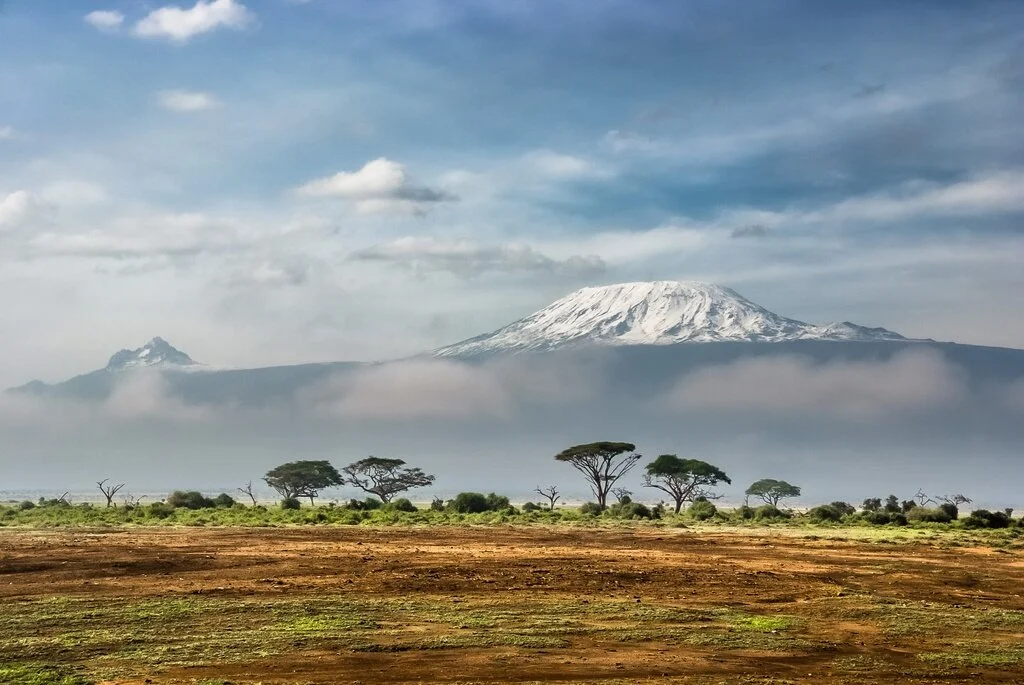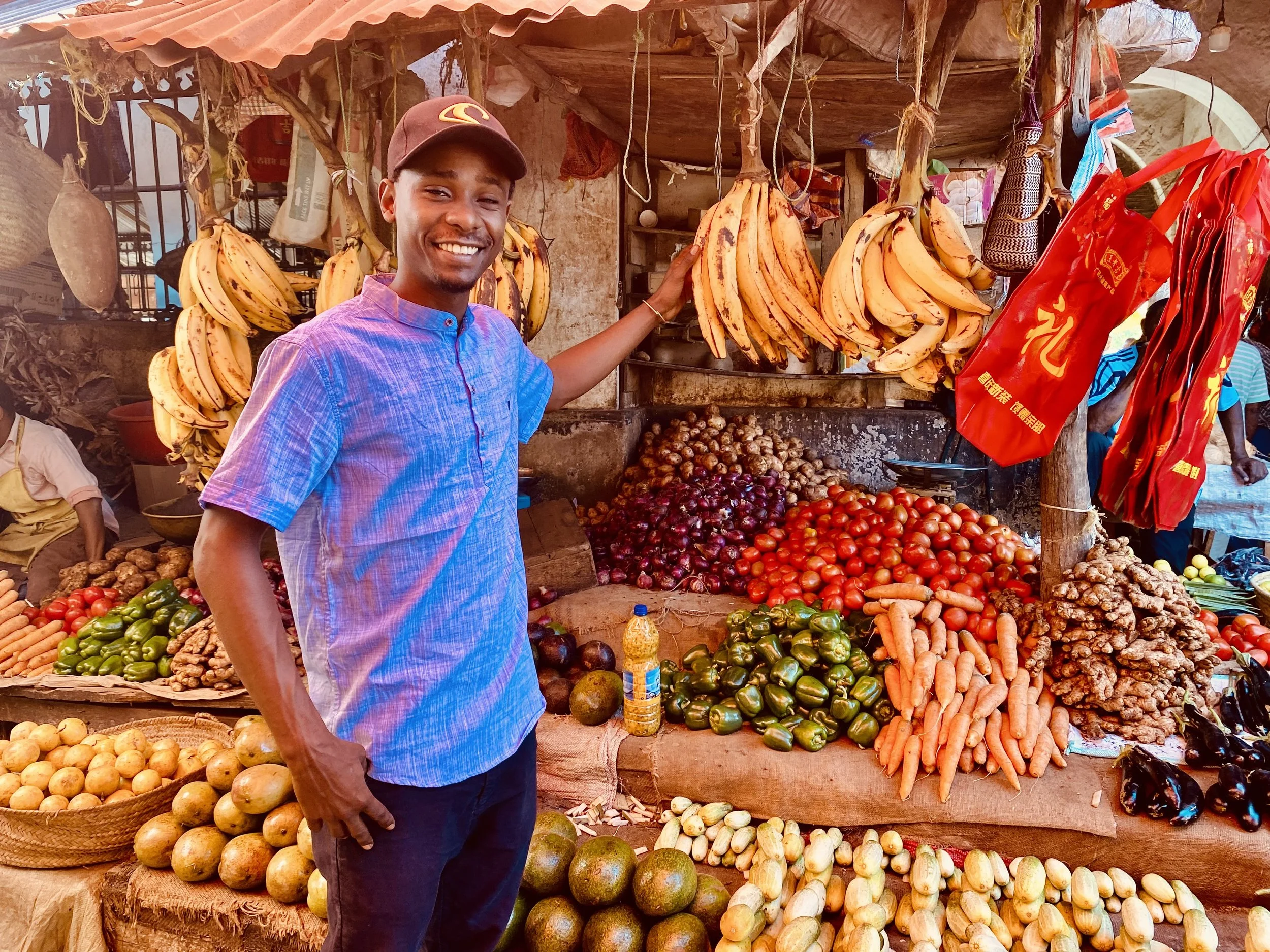1. Date Palms from Zanzibar – Nature’s Sweet Treat
Wandering through the bustling market stalls of Stone Town, the scent of spices lingers in the air, but it's the sight of plump, glistening dates that often steals the show. In one corner of the market, a dozen vendors compete cheerfully, each with their own variety of dates laid out like precious gems.
Dates are a staple snack in Zanzibar—dense, sweet, and chewy, they're both satisfying and energizing. We always kept a small stash with us, perfect for a quick bite while exploring the island. They come in all shapes and sizes, from petite nuggets to large, luxurious ovals.
But the story of the date palm is as rich as its flavor. These fruits don’t just appear overnight; harvesting them requires years of patience. Each tree must be hand-pollinated, trimmed, and meticulously tended. It can take up to a decade for a tree to begin producing fruit. These time-honored trees have been cultivated for over 6,000 years, with their roots tracing back to ancient Egypt and Mesopotamia. Zanzibar’s legacy of dates is just one chapter in that long, sweet history.
photo by Gabriele Brown
2. Baobab Fruit – The Tree of Life
In the sun-drenched savannas beyond Zanzibar, the baobab tree stands like a myth come to life, its thick trunk and gnarled branches defying the sky. Local lore says the gods, offended by its arrogance, uprooted the baobab and planted it upside down. It’s easy to believe when you see it.
From this strange, majestic tree grows the baobab fruit—a chalky, citrusy pod packed with surprising flavor and nutrition. Locals enjoy it in many ways: eaten raw, blended into juices, or sprinkled on salads for a tangy punch. Baobab is a certified superfruit, rich in Vitamin C and antioxidants. It supports immunity, digestion, and reduces inflammation—a true gift from a tree that can live for over a thousand years.
3. Tamarind – The Tangy Trailblazer
Zanzibar’s fruit markets offer more than sweetness—they offer tang, spice, and bold surprises. Enter the tamarind: a sticky, fibrous pod with a flavor that’s both sweet and sour, sometimes shockingly so. It’s been snacked on for centuries, and once you taste it, you'll understand why.
Tamarind’s versatility makes it a pantry staple across Africa. It flavors jams, candies, soups, and sauces. And beyond the kitchen, it has long been used in traditional medicine, believed to improve eyesight and ease digestive troubles. A bite of tamarind is like biting into history—sharp, vivid, and unforgettable.
4. Sugar Cane – The Original Energy Bar
Though photos can’t do it justice, walking past a sugar cane vendor is an experience in itself. Stacked like bamboo spears, sugar cane stalks are cut fresh and sold in bundles. Kids chew on them like candy. Adults enjoy the fresh-pressed juice, often with a squeeze of lime or a hint of ginger. There’s nothing quite as refreshing in the tropical heat. It's pure, natural energy—direct from the earth.
5. African Wild Mango – The Hidden Gem
Not to be confused with its sweeter cousin, the African wild mango, also called bush mango, is one of the continent’s unsung heroes. Found in the forests and wildlands, its flesh is dense and fibrous, with a tangy twist. But what it lacks in sweetness, it makes up for in substance.
Packed with health benefits, the wild mango has long been valued for its medicinal properties and nutritional power. It’s said to aid weight management, lower cholesterol, and support heart health. In short, it’s a fruit with a function, and one more reason to celebrate Africa’s extraordinary biodiversity.
From the spice-laden alleys of Stone Town to the savannas and forests beyond, Africa’s fruits are more than food—they’re stories, traditions, and living history.
Hungry? Join me on our next Culinary Trip!
A 10-Day Culinary Experience in Tanzania. This experience combines adventure, nature, wildlife, urban settings, and learning about food, all while indulging in several dishes from different cultures. While passing through many of the main sights throughout Tanzania, you embark on a culinary expedition of the town, starting with lunch and featuring several local courses, fresh fruit, dessert, and culminating in coffee at the famous Jaw's Corner in Stone Town, Zanzibar.







